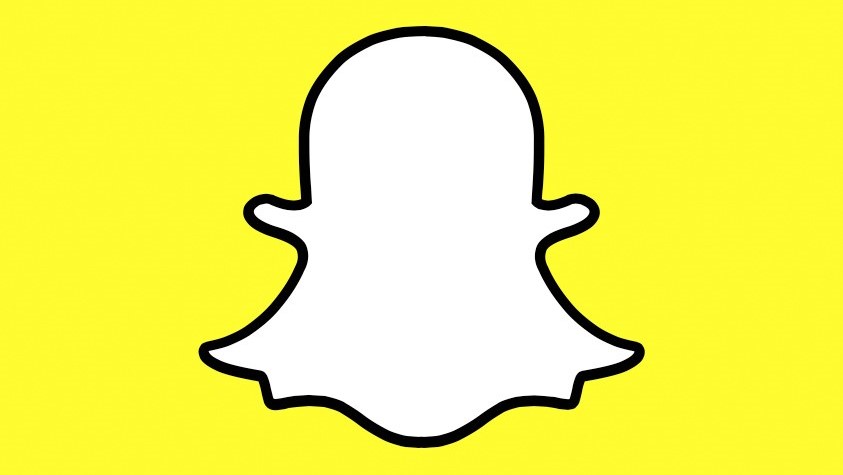Traditional Broadcasters Eye Content on Social Media Platforms, Ampere Says
LONDON—“Made-for-social” video content is rising in popularity, especially among younger viewers, and that demand is being met by many social platforms with the commissioning of projects. But traditional broadcasters are also attempting to get in on the action, often in a funding role, according to Ampere Analysis.

Based on research into the strategies of digital studios, Ampere has found that digital studio groups are diving further into video specifically aimed at social platforms. Since the middle of 2018, YouTube, Facebook and Snapchat have commissioned more than 200 digital originals, scripted and unscripted. 2020 will see the launch of another platform, Quibi, which has more than 80 projects of its own in development.
However, while digital studios are interested in creating content specifically for these platforms, there’s an ebb and flow to their ability to produce them. Following 44 projects commissioned in Q4 2018, only 10 titles were commissioned by the social players in Q1 2019; it would rise to 68 in Q3 2019.
“The nature of fast-evolving digital space requires that digital studios need to ensure long-term sustainable growth over short-term gains,” said Henry Beckwith, analyst at Ampere.
One source to help provide stabilization may be traditional broadcast entities. Ampere points out the incumbent broadcast groups have larger budgets than OTT for commissioned content. Add that with their desire to access younger audiences that are increasingly drawn to video on social platforms (Snapchat and Instagram have largest batch of young viewers, 78% and 63% of 18 to 34 year olds, respectively), and broadcasters are looking for ways in.
Digital studios are working with broadcasters, discovering talent and create or license IP to commercial and public broadcast groups. What will make this strategy successful, according to Ampere, is “spotting and securing social video personalities early and adopting formats that could be easily shifted to a broadcast environment.”
For more information, visit Ampere Analysis’ website.
Get the TV Tech Newsletter
The professional video industry's #1 source for news, trends and product and tech information. Sign up below.
